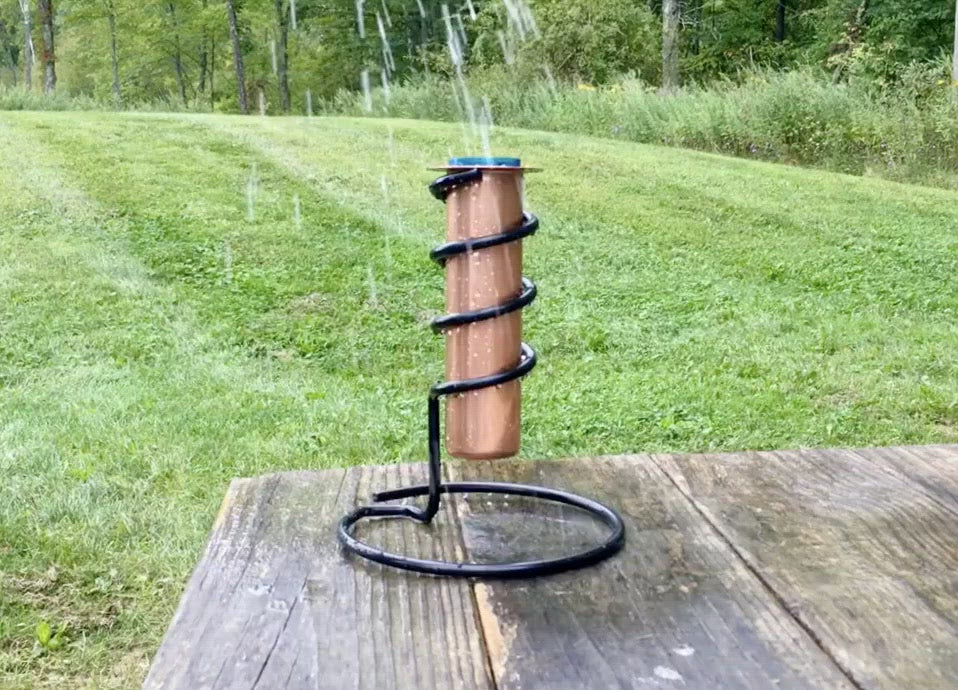Do It Yourself Rainfall Gauge: Straightforward Actions to Make Your Own
Are you thinking about tracking rains in your location? Creating your very own do it yourself rain scale is a effective and simple method to tape-record and measure rainfall. With just a few common products and some standard actions, you can quickly construct your very own rain gauge at home. In this overview, we will provide you with a detailed procedure to aid you develop your own rainfall gauge. No requirement for any specialized knowledge or tools - this task can be finished by anyone. By complying with these simple guidelines, you will certainly have a reputable tool to measure rains and add to your understanding of the local weather condition patterns. Allow's get begun on making your DIY rain scale today!
Gather Products
To start building your DIY rainfall gauge, gather all the necessary products making use of an extensive checklist of things. Having the ideal products on hand will certainly ensure the effective creation of your rainfall scale and enable for precise dimensions of rainfall. Collecting these products ahead of time will certainly streamline the building and construction procedure and make sure that you have whatever you require to develop your own DIY rainfall gauge.
Prepare the Container

Mark the Dimension Increments
To accurately gauge the amount of rains, accurately marking the dimension increments on your do it yourself rainfall gauge is essential. Without clear and accurate markings, it would certainly be challenging to figure out the exact amount of rainfall collected in your rain gauge. Here are the steps to note the measurement increments on your rainfall scale.
First, choose the unit of dimension that you want to make use of. One of the most usual units for gauging rainfall are inches and millimeters. As soon as you have actually chosen the unit, make use of an irreversible marker or water-proof paint to note the increments on the side of your rain gauge. For inches, you can note every quarter inch or every half inch, depending on your preference. For millimeters, you can note every 10 millimeters or every 20 millimeters.
When marking the increments, it is essential to ensure that they are uniformly spaced and clearly visible. Make use of a ruler or gauging tape to make sure accuracy and uniformity. more helpful hints Furthermore, see to it that the markings are immune to fading or abrading, as direct exposure to the elements might cause them to deteriorate gradually.
Place the Rainfall Gauge Outdoors
The rain gauge must be placed outdoors try this web-site to precisely accumulate rainfall information. The place chosen for the rain scale need to be complimentary and open from any type of obstructions that could potentially influence the dimension of rains. The Rain Gauge.
In addition, it is critical to position the rainfall gauge on a steady surface, such as a degree ground or a durable post. This will certainly prevent any kind of motion or tilting of the scale, which could result in imprecise measurements. It is likewise recommended to avoid placing the scale near any sources of synthetic water, such as lawn sprinklers or water drainage systems, as this might interfere with the accuracy of the dimensions.
Display and Record Rain Information
Routine monitoring and recording of rains information is essential for exact information analysis and interpretation. By monitoring rainfall dimensions, you can acquire beneficial understandings into climate patterns, climate fads, and water source monitoring. To effectively monitor and tape-record rains data, it is necessary to develop a routine and maintain regular practices.
First of all, guarantee that your rainfall gauge is positioned in an open area far from obstacles such as trees or structures that might obstruct rainfall. Furthermore, make certain the rain scale is level and securely secured to prevent any type of activity that might affect the precision of the measurements.

When tape-recording the rainfall data, it is essential to note the date and time of each measurement. Make use of a leader or a determining stick to identify the rains depth in the rainfall scale, and record this information precisely.
To make certain the precision of the measurements, it is recommended to clear the rain gauge after each recording. This will prevent any type of overflow or dissipation from affecting succeeding measurements.
Conclusion
In conclusion, creating a DIY rain scale is a useful and basic method to keep an eye on and videotape rains data (The Rain Gauge). By adhering to the steps outlined in this article, you can easily gather products, prepare the container, mark the dimension increments, and put the rain gauge outdoors. Routinely keeping track of and taping rainfall data can provide important details for different objectives
Having the appropriate materials on hand will certainly ensure the effective creation of your rain scale and enable for exact measurements of rains.To precisely determine the quantity of rainfall, precisely marking the dimension increments on your Do it yourself rain scale is necessary.The rainfall scale ought to be placed outdoors to precisely collect rains data. The area selected for the rainfall gauge need to be complimentary and open from any type of obstructions that might possibly affect the measurement of rains.In conclusion, developing a DIY rainfall scale is a basic and functional way to keep an eye on and record rains information.